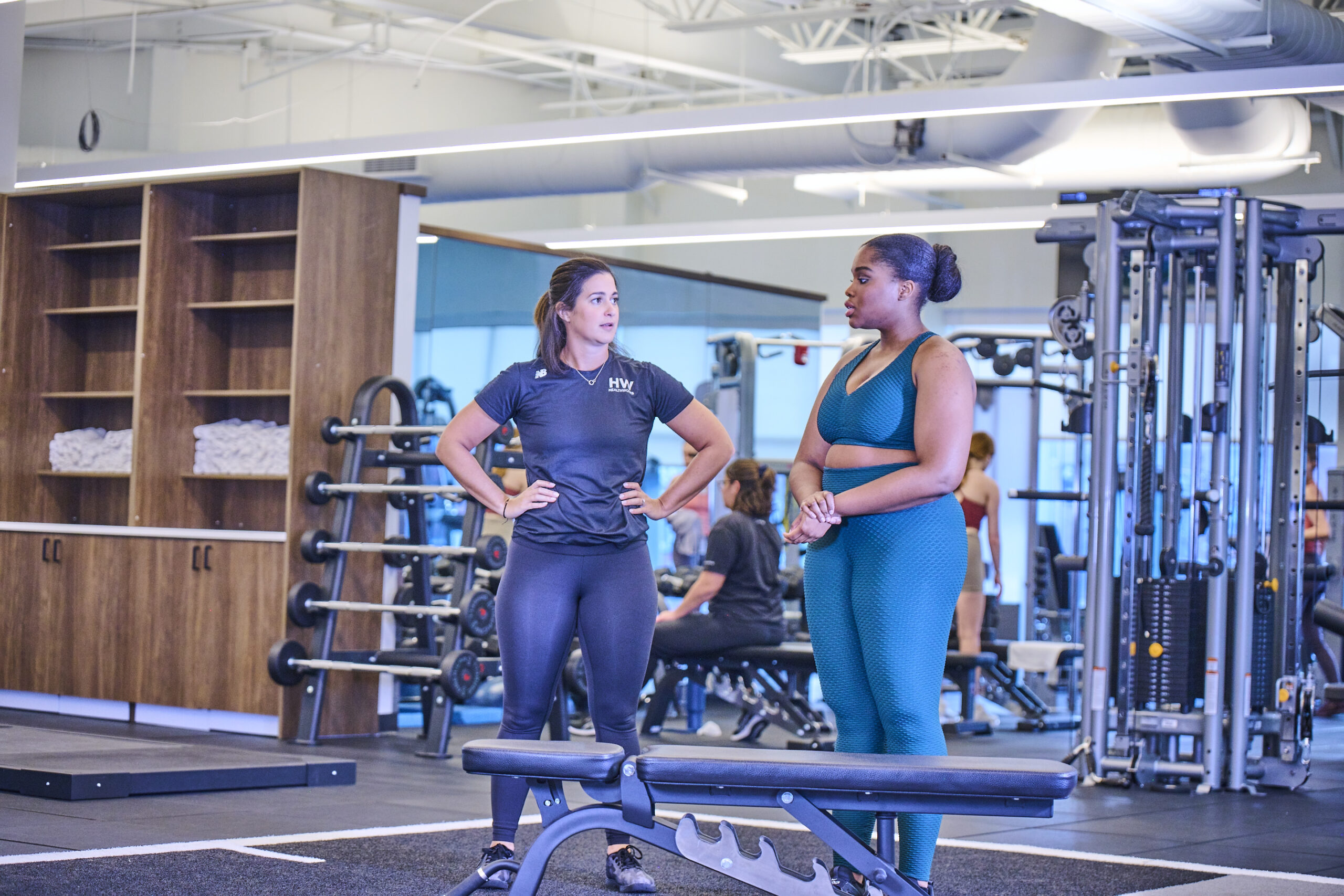Running is having a resurgence. It seems as though everyone is making a Strava account or entering a race in some capacity, and as somebody who is a huge advocate for running, for both physical and mental health, nothing brings me more joy than seeing people out pounding the pavement in the pursuit of enter their running era! So much so, that I’ve decided to launch my own run club based in SW London (Richmond, Twickenham, Teddington to be more precise), DASH RUN CLUB. If you’re local do give me a follow on Instagram where I post details on the group runs!
We’re just a few weeks out from some of London’s major running events, including the London Landmarks Half Marathon on the 7th of April (which I’m partaking in) and of course, the biggie, the TCS London Marathon on the 21st of April. With long runs in the bank and tapering on the horizon, it’s time to start prepping the big day. If there’s anything I’ve learned with racing, it’s that there’s no such thing as being too organised, because being stressed out right before a race is not going to do you any favours.
PREP YOUR BODY
With the main bulk of the training under your belt, it’s time to focus on getting your body as nimble as possible for the big race. Around 5-7 days prior, a sports massage is going to act as a tonic to re-oxygenate tired muscles and break down tension so that you’re pain-free for race day. Urban have a selection of expert therapists on hand who specialise in sports massage, coming to your home to make the experience as seamless as possible. Tapotement, gentle stretching, compression and mobilisation of the joints are used to ease muscle tightness, which if not addressed, can limit your stride length. Aside from the benefit it will have on your performance, it’s a wonderfully indulgent experience that will calm any pre-race nerves that may be building! Be sure to note with the therapist that you’ve got a race coming up.
TAKE RECOVERY SERIOUSLY
This is an area you should have been diligent with throughout your training, but as you approach the final stretch you must be even more attentive to ensure you don’t garner a scuppering injury at the last hurdle. We’re bombarded with gadgets and gizmos, treatments and therapies that declare they aid recovery, and there are a few I’d recommend that are seriously effective.
Cryotherapy is a game-changer, there’s a reason elite athletes are embracing the sub-zero temperatures, and it does wonders for your performance. Aside from the fact that it reduces inflammation and injury swelling, it also relieves muscle pain and enhances recovery times. It’s no coincidence that every time I’ve been in a cryo-chamber myself, I feel a sense of vitality that nothing else gives me. It completely renews my energy, leaving me clear-headed and spritely, perfect the day before a race. There’s a new wellness hub in Richmond that I’ve recently visited for cryotherapy, KOYO as well as The Body Lab in Kensington.
Nail a mobility and stretching routine that you can follow on the week leading up to race day. If you suffer from stiff hips, focus on hip openers…if you’re prone to tight hamstrings, take time to lengthen them with some stretches…if you have tight calves…you get the idea! This sound is specific to your body so have a play around with what feels good. It’s well worth having a foam roller on hand and if you’re in the market for tech, the Hypervolt massage gun is superb.
FUEL EFFECTIVELY
Energy gels play a vital role in replenishing your energy during a race to sustain performance. I can’t stress enough the importance of never experimenting with a new energy gel on race day. Try and test gels pre-race during your runs to make sure they don’t give you a dodgy tummy, especially if you have a sensitive stomach. The ingredients vary between gels, with some containing caffeine, sugars, isotonic etc, so finding your match is important to ensure the gel has the desired effect. I’ve been training with the SiS Apple Beta Fuel Dual Source Energy Gel + Nootropics with 40g of carbs and it delivers that boost I’m hankering for mid-run. Timing-wise, for my half marathon I plan on slurping a gel (slowly may I add) around 45 minutes into my half marathon and then again if I feel like I need it at approx 75 minutes in. For marathon fuelling, it’s recommended to replenish with 60 grams of carbs per hour, so depending on your gel dosage, make sure you’re stocked up on the right amount.
My other go-to product that I’ve been using for years is Innermost’s Energy Booster which is essentially a pre-workout, without the jitters and unwanted ingredients. It’s my secret weapon rocket fuel!
MAKE SURE YOU’RE HYDRATED
Sweating aka losing fluid is almost certainly going to occur during the run so making sure you go into the race adequately hydrated is key to avoid cramps and dehydration. Take on lots of fluid the day prior to the main event, you don’t want to be chugging down lots of water only to need to toilet on the start line. I’ve become obsessed with HUMANTRA’s electrolytes sachets, which contain 100% natural ingredients, and will definitely be biohacking with one of these the morning of race day as they give 4x more effective hydration than regular water…meaning more hydrated and less peeing!
CARB UP
Carb loading isn’t a myth, you want to be increasing your carbohydrate intake (whole carbs rather than refined carbs) in the week leading up to your race, not just the night before. This doesn’t mean to say every meal needs to be pasta, carbs come in many different forms, such as whole grains, potatoes, legumes and rice, so make sure you’re incorporating these into your meals, as well as quality sources of protein and healthy fats! PS. a big bowl of pasta the night before doesn’t go a miss!
Think about what you’re going to eat the morning of race day in advance. If it’s sourdough with peanut butter and banana or porridge with berries and seeds that have worked wonders during your training, then stick with it. Bear in mind your journey and timeframes from eating to the start line so you don’t get a cramp, or likewise you’re hungry again! Overnight oats are a great option if you need something on the go that packs in the slow-releasing carbs and is what I’ll be scoffing on the train up to London Landmarks.
REST
Arguably the most important tip, make sure you rest! Don’t go crazy in the gym the week leading up to race day, maybe a gentle yoga flow but nothing strenuous that will leave you with DOMs. If you’re following a running plan, it’s likely to feature an interval run or shake-out run but that should be the only training, you want fresh legs for race day!
Getting in a solid 7-8 hours is always a good idea but it’s crucial in the lead-up to a big race. My Whoop helps me stay on track with this, and if you’re a fellow Whoop-er you can bet my strain score will be low and my recovery score will nearing 100% for race day.
PLAN YOUR KIT
It’s a good idea to give your kit a test run to make sure you’re comfortable to race in it. A BIG no-no is wearing brand new trainers, make sure you’ve worn them a few times before, for at least one long run, so you know they don’t rub or hurt your feet. Shorts with pockets are a good idea if you need to hold personal items and gels or opt for a running vest with easy access compartments. Check the weather forecast, I always pack a cap if there’s a chance of rain and my running sunglasses if the sun’s shining!
PLAN YOUR ROUTE
I’ve been caught out in the past with public transport being rammed and nearly missing my start time (likely a LimeBike came to the rescue but not ideal for the legs)…don’t let this be you! Make sure the trains are running and leave extra time in case. Note there are likely to be road closures that could affect your journey and also check for pesky train strikes.
words by Isabelle Shury









Leave a Comment